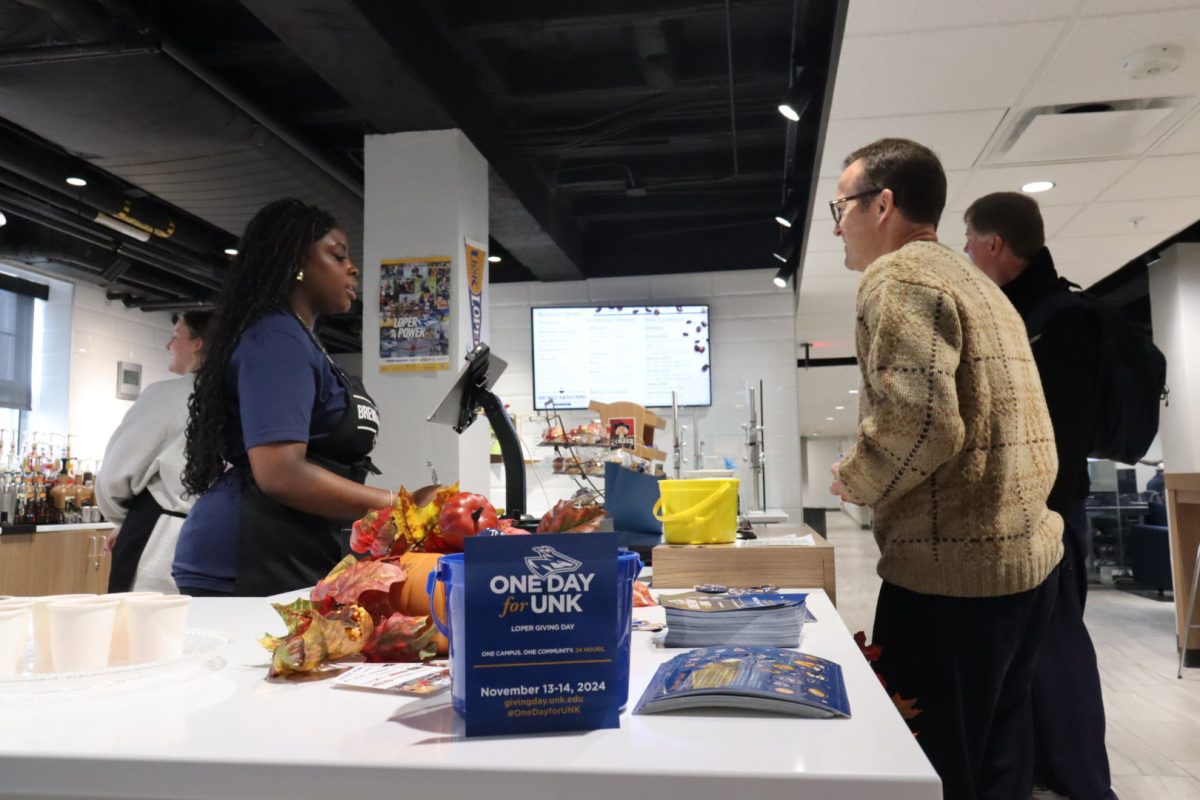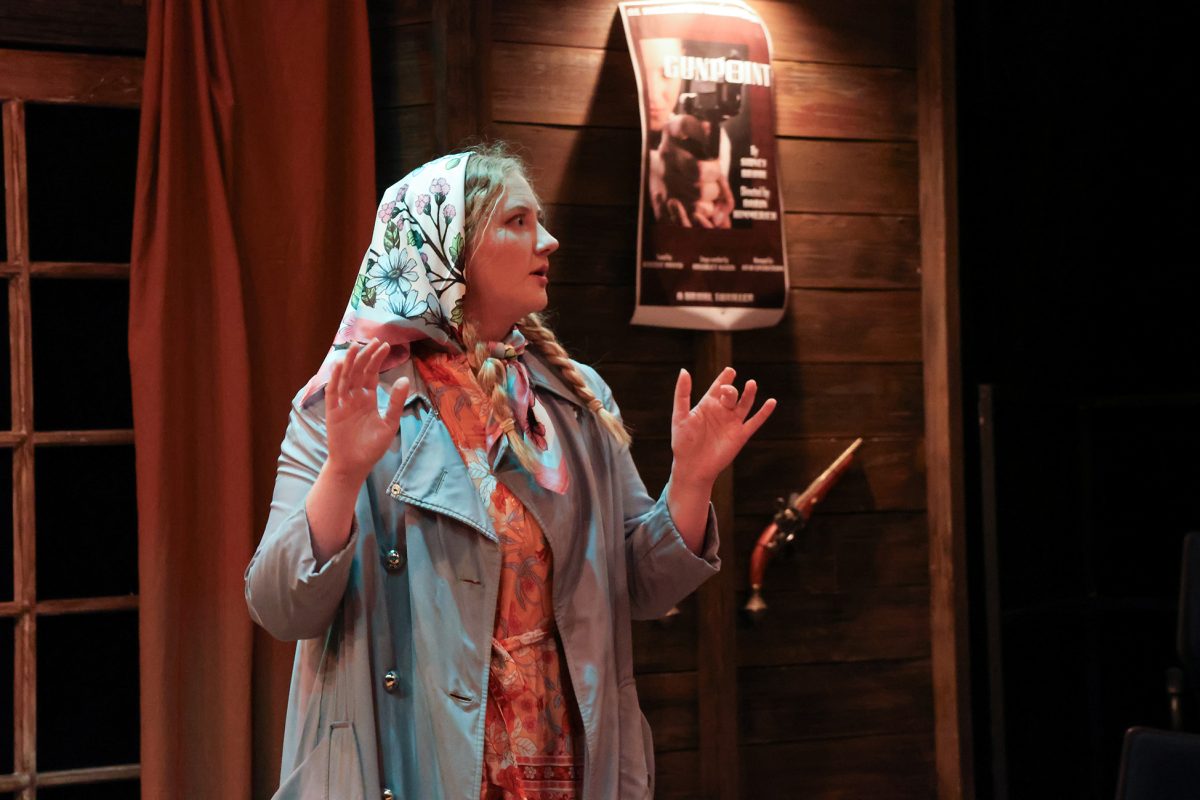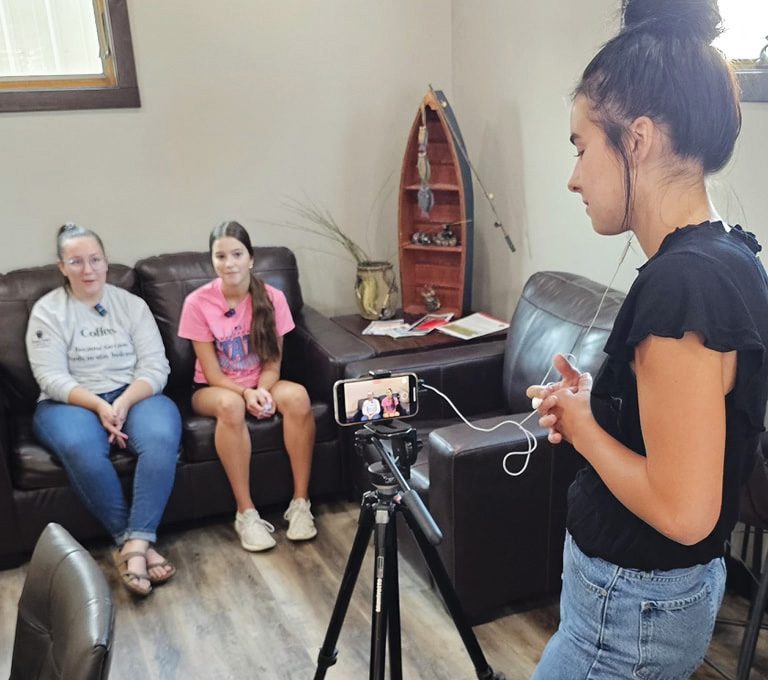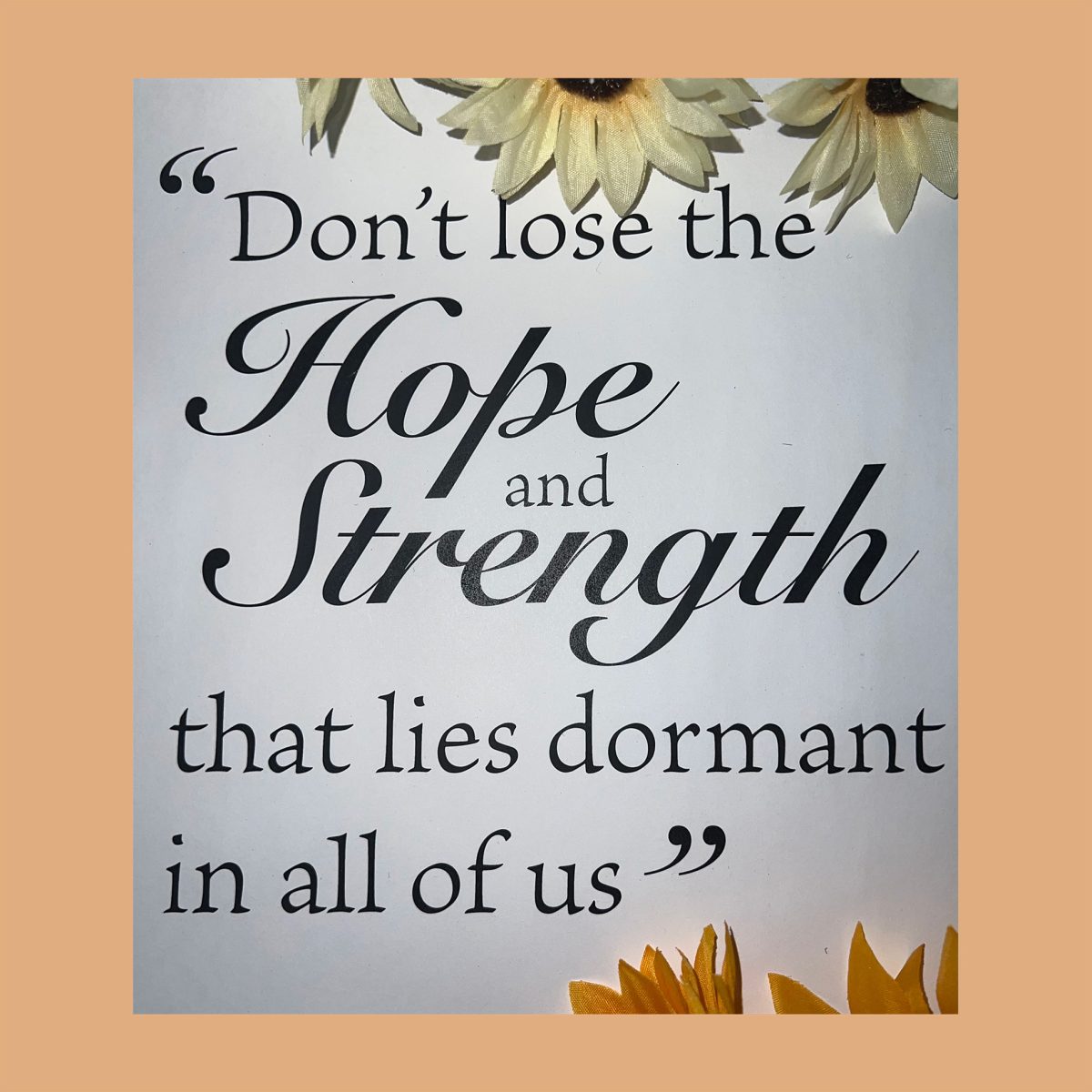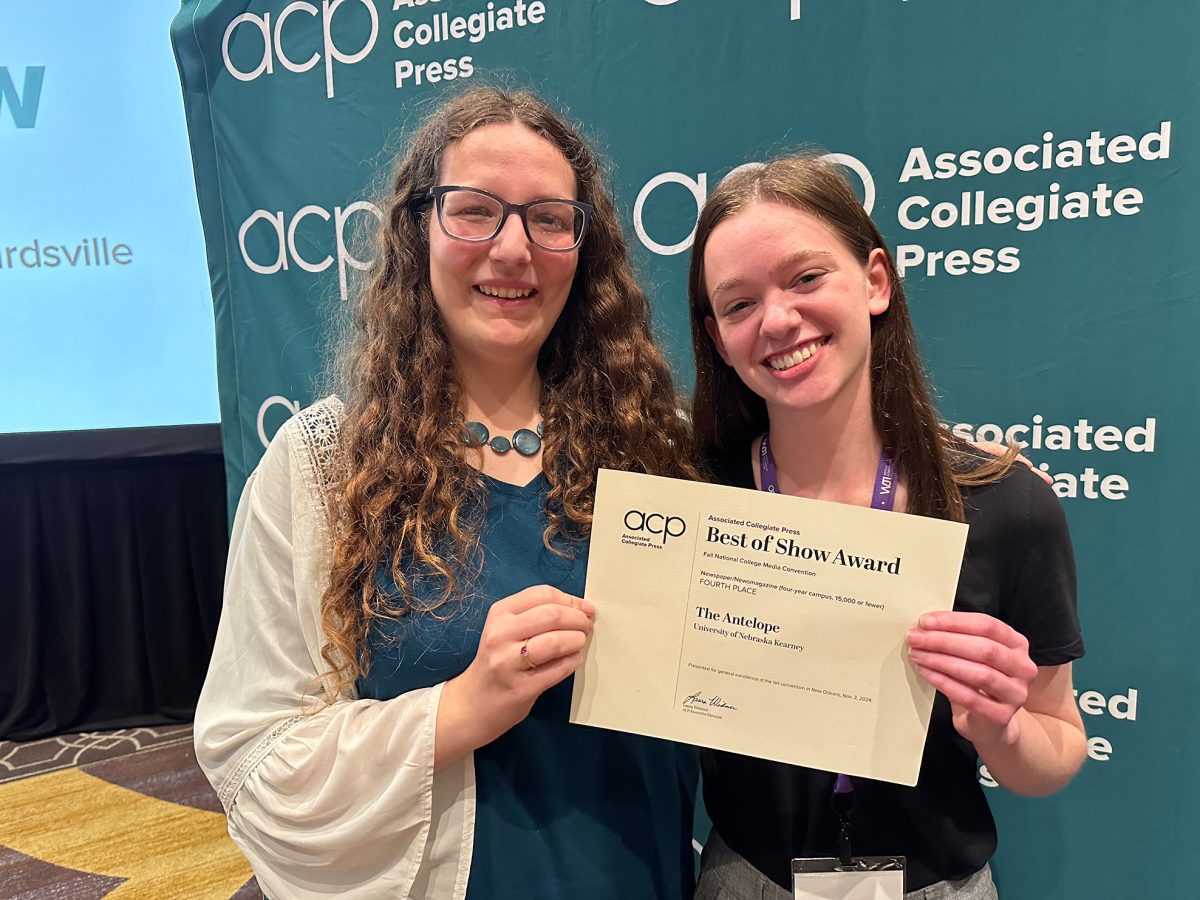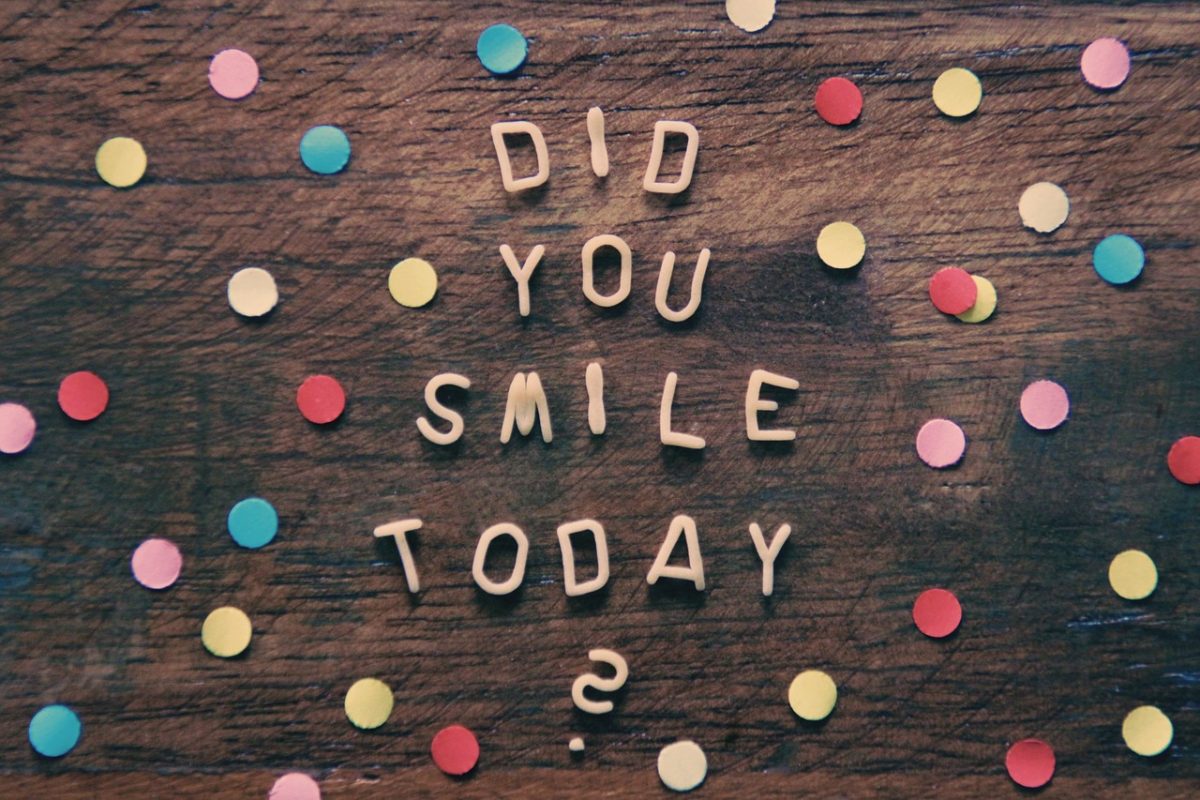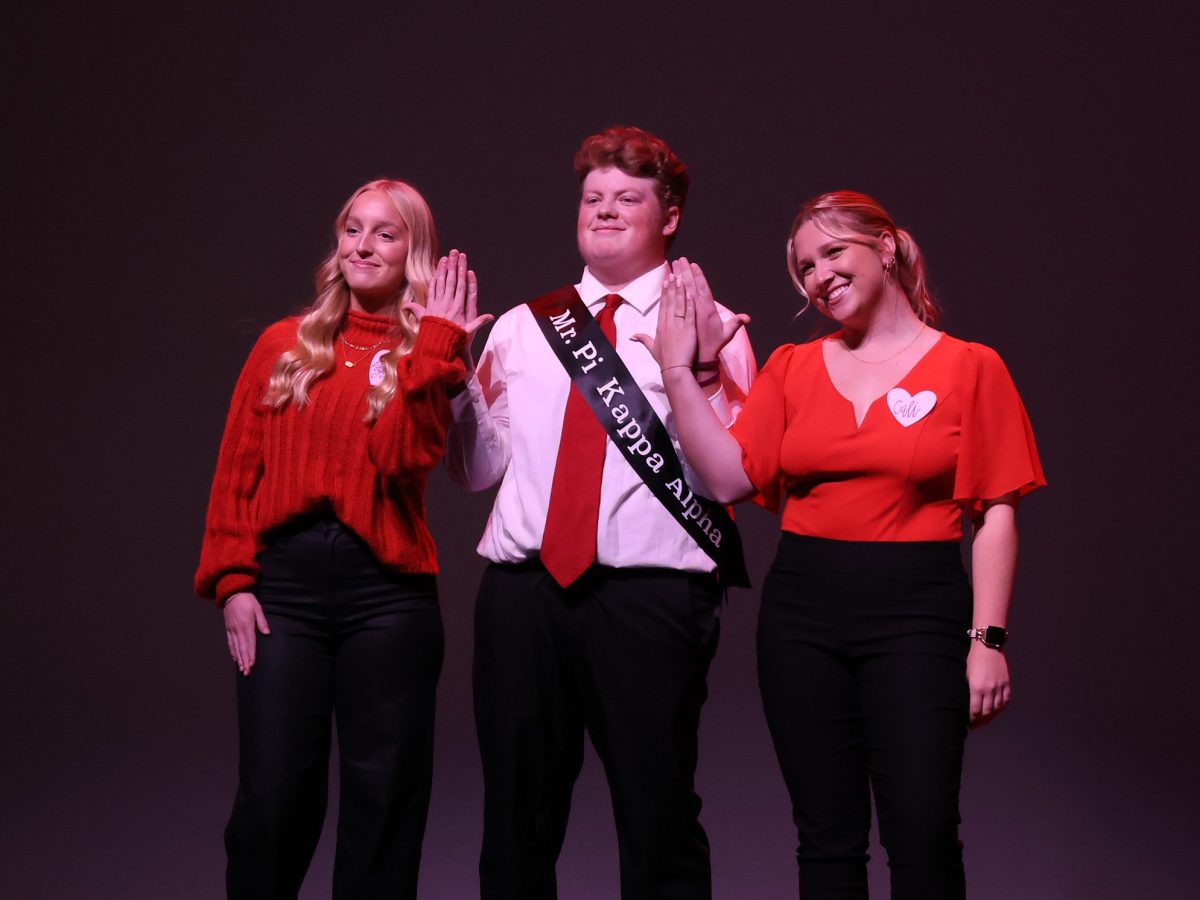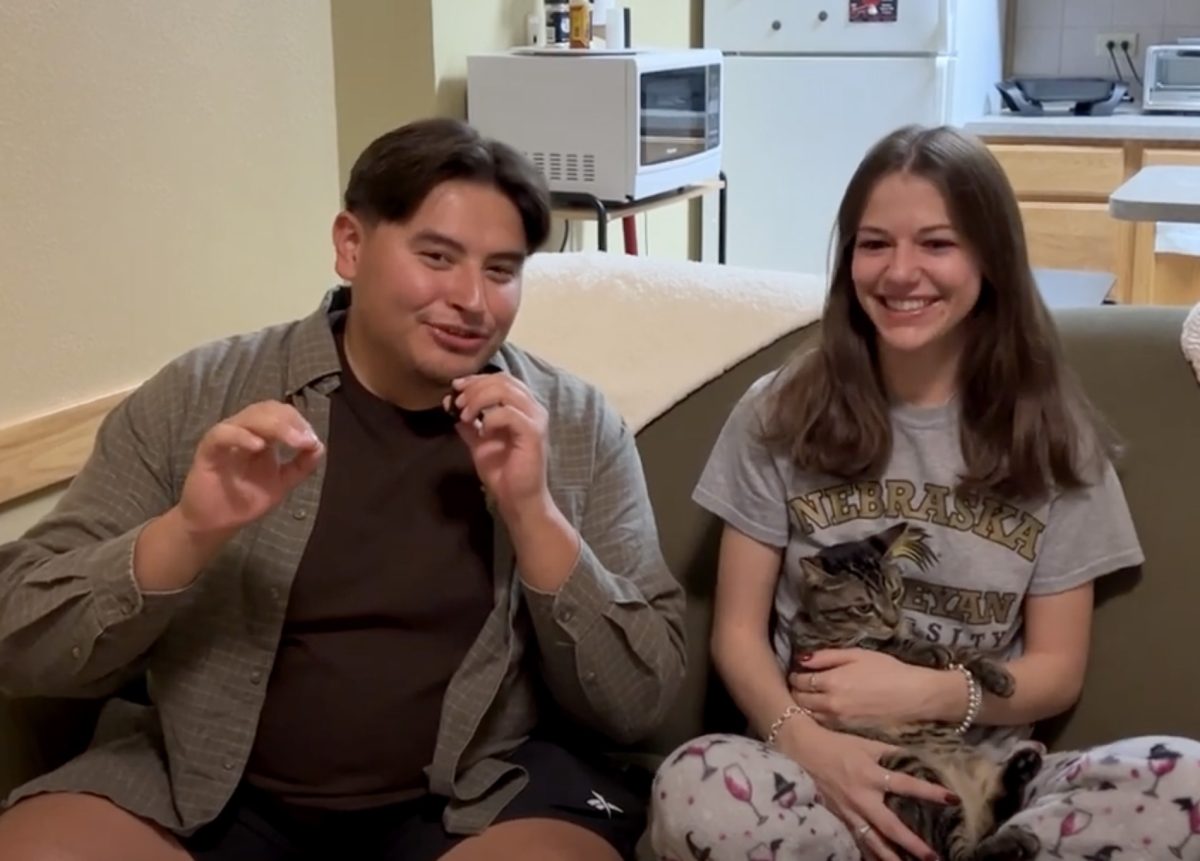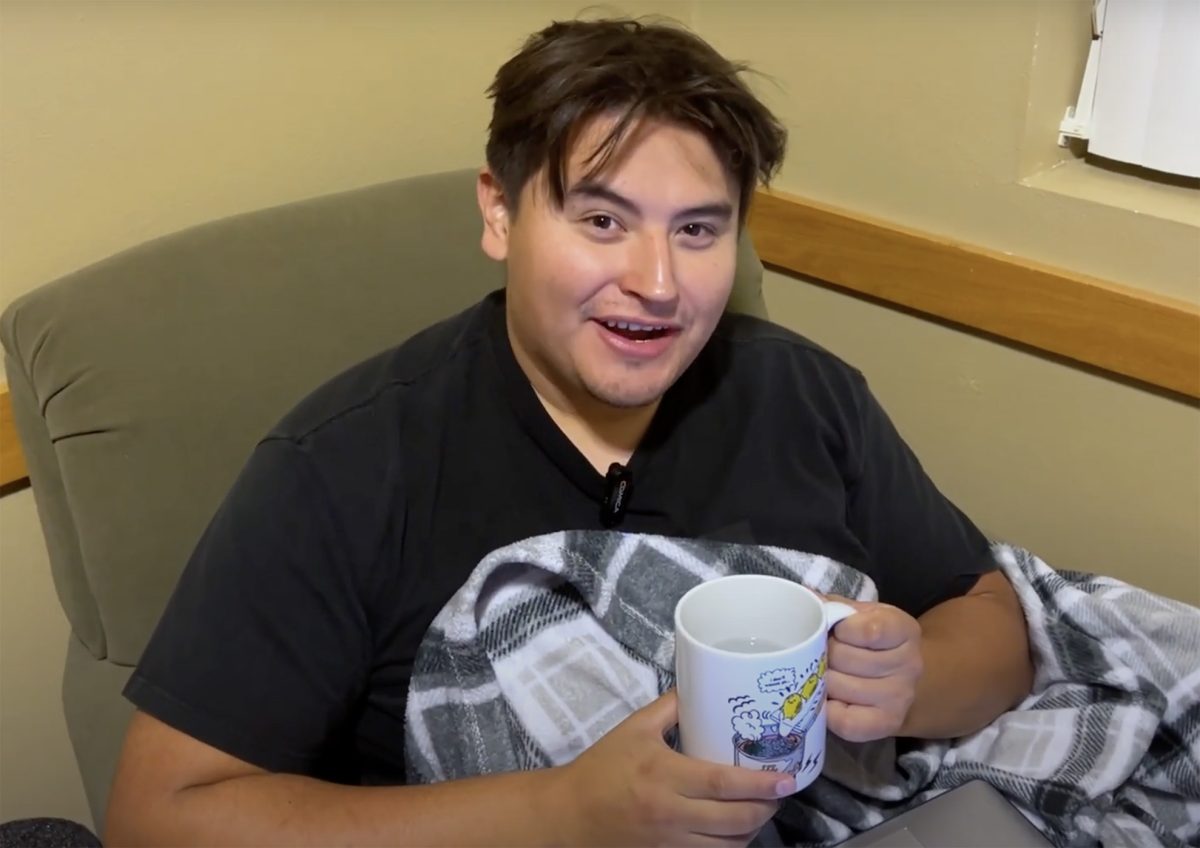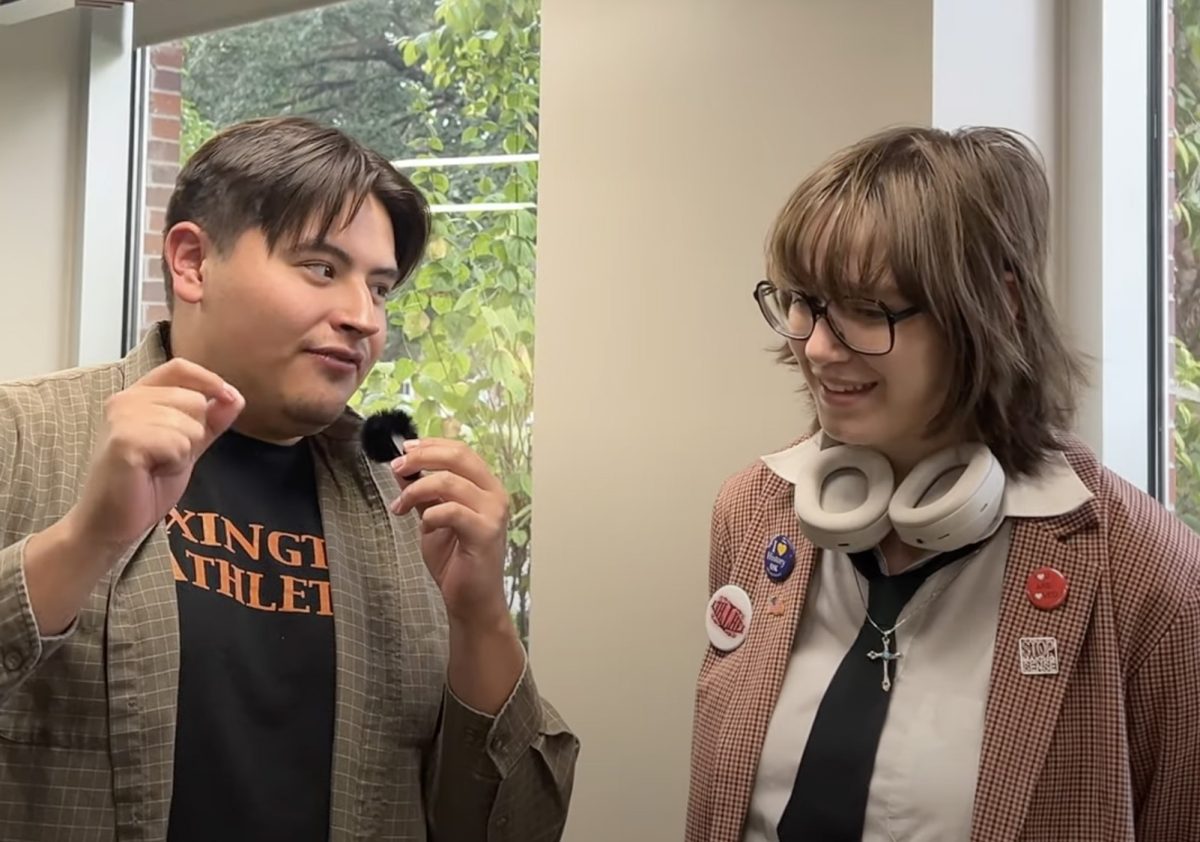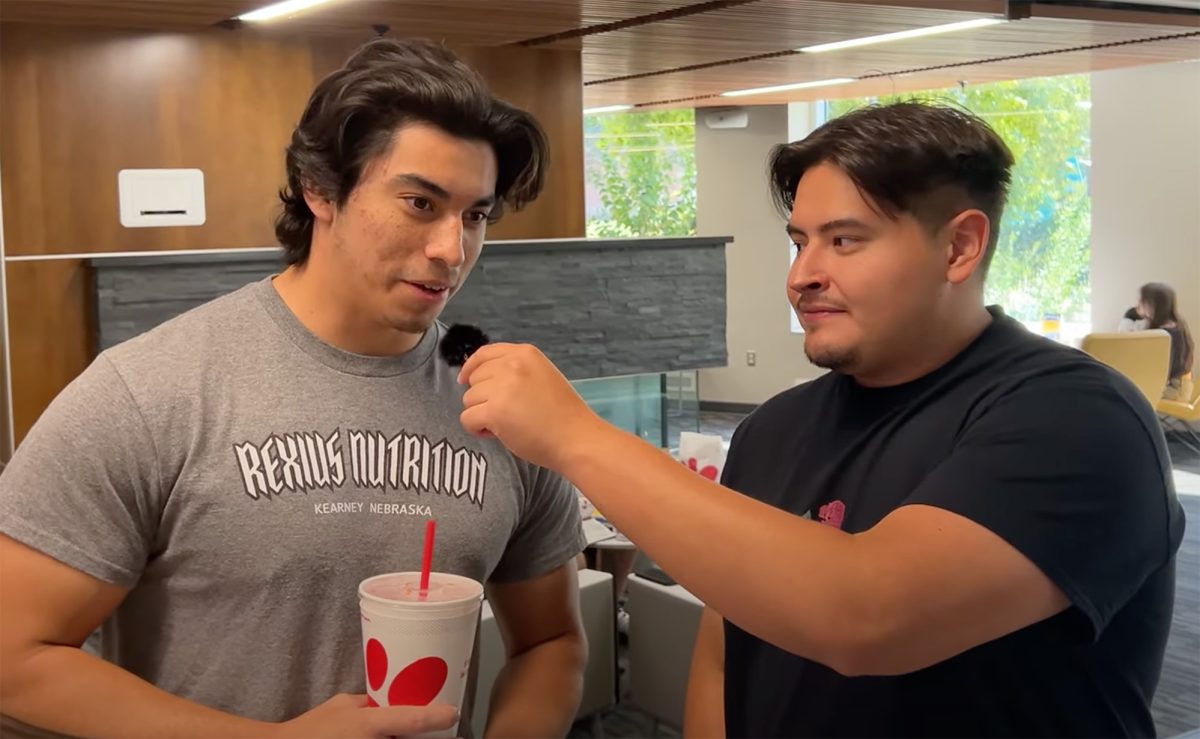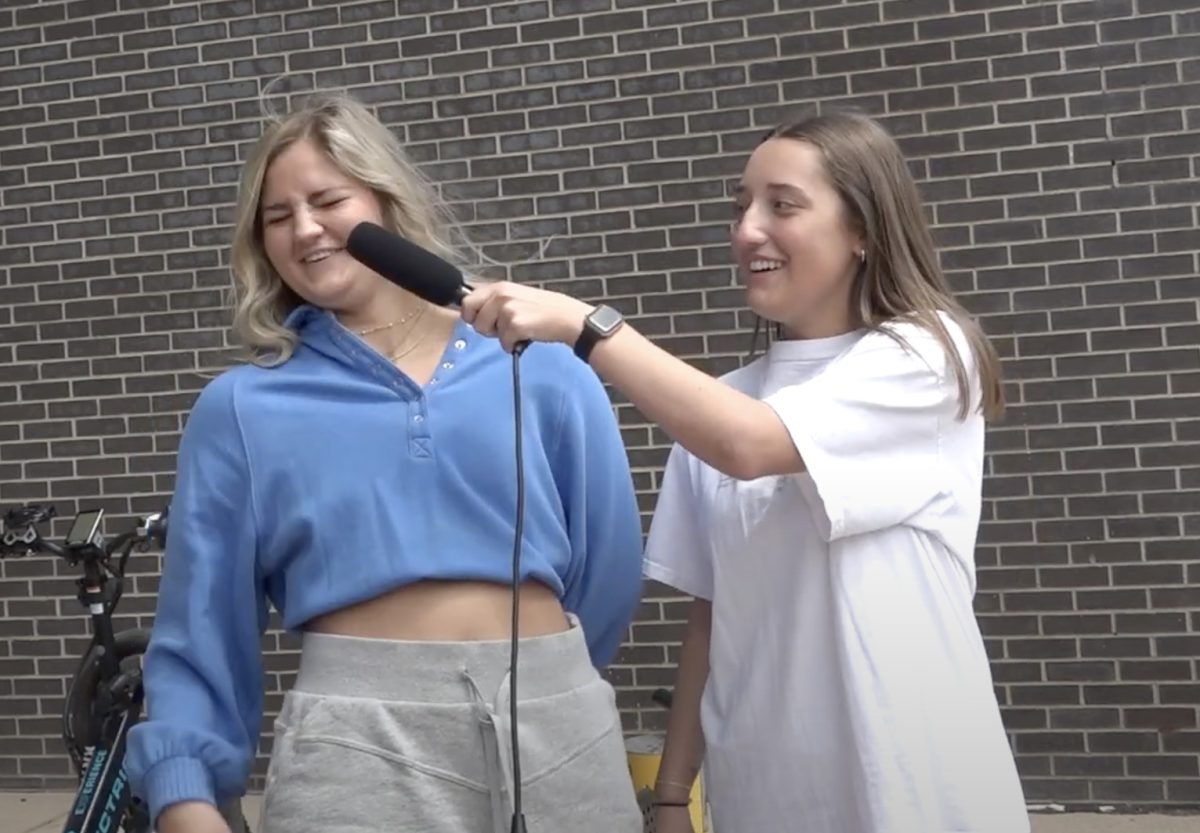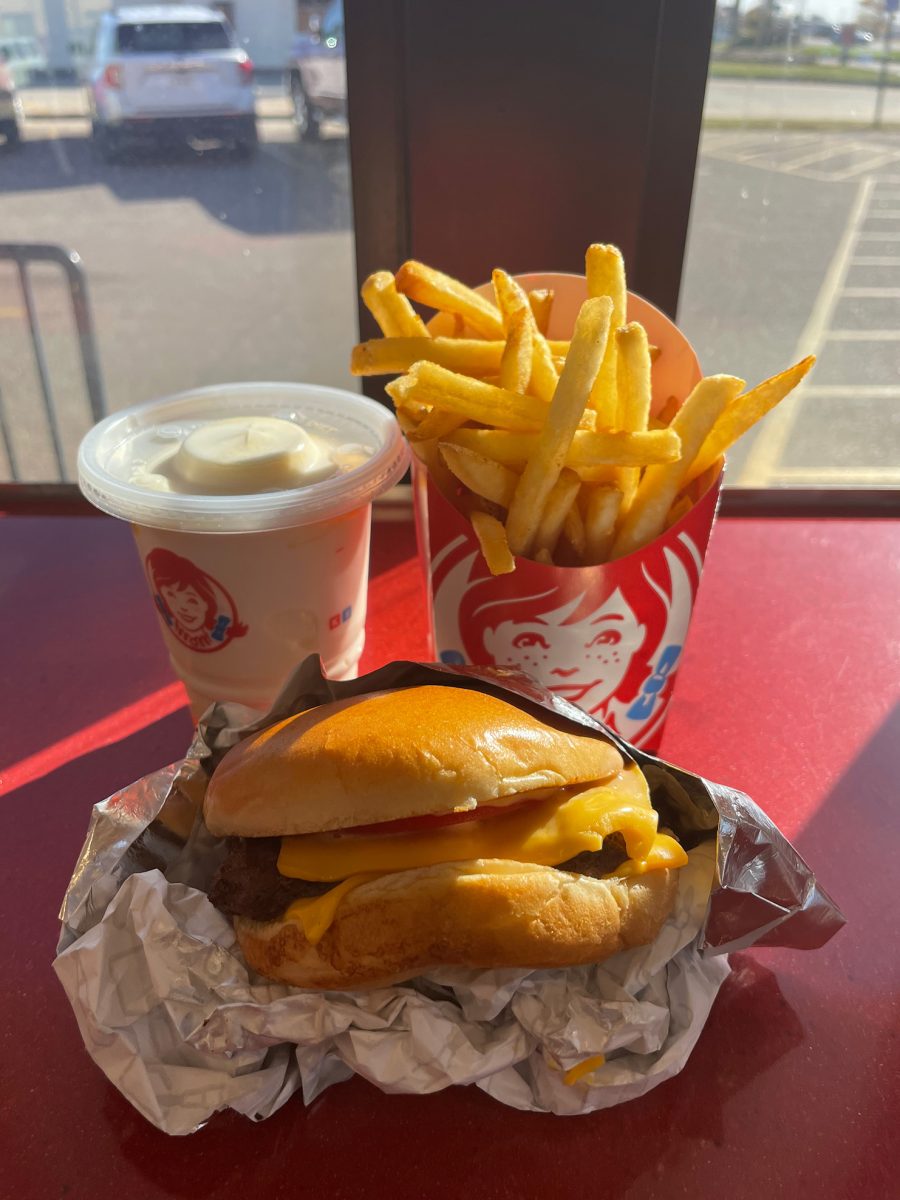Taylor Swift is at it again with another re-release of her old material. In review, it was well intentioned but overproduced.
Last month, Swift released a brand new version of her 2012 album “Red” as “Red (Taylor’s Version).” The album was part of a project to re-record her first six albums.
“Red (Taylor’s Version)” is comprised of a whopping 30 songs running double the length of the original. Ten songs were labeled as “from the vault” and came from Swift’s arsenal of material she hadn’t previously recorded.
One element about the album that has especially excited fans was the full 10-minute version of “All Too Well” that was cut substantially for the 2012 release. Swift also directed a 14-minute short film to accompany the song.
I have never really been a fan of Swift’s since her style doesn’t match my taste in music. Even so, I give her credit as a songwriter. She has always had the ability to paint a picture in listeners’ minds and captivate their imaginations.
In “Red (Taylor’s Version),” Swift’s voice is more mature than it was almost a decade ago, and subtle differences give the new versions a certain intrigue, but the production was unimpressive.
To me, Swift’s voice just wasn’t believable. It was so heavily produced, that I couldn’t tell what was truly her and what was autotuned. Her voice was also often lost in the mix. The additional background vocals throughout the album added to it, but the overproduction made me also question their credibility.
It was obvious that the intention was to keep the songs similar to the originals, but the influence of the last decade of pop was evident in Swift’s singling style, though she managed to adopt some of that country sound that drew fans in the beginning. There were also some pop elements added to the instrumentation – especially in “Girl at Home (Taylor’s Version)” – that I really didn’t think fit compared to the 2012 version.
The new take on sound did some good in creating a more modern and crisp element in the higher frequencies as shown in the intro of “Sad Beautiful Tragic (Taylor’s Version)” and “The Lucky One (Taylor’s Version” as well as bringing out the brightness in the intro for “Stay Stay Stay (Taylor’s Version).”
The accompanying short film was well-directed and well-performed. It brought the song’s imagery to life, and it added perspective for the whole album.
However, I am not particularly fond of the idea of a breakup as the subject of an entire album. The “poor me” followed by “I hate my ex” loses its emotional sting after the first few songs which eventually run together. Of course Swift writes about her experiences, but 30 songs are a lot to handle.
Whether or not people like the music, there is a lesson to be learned from “Red (Taylor’s Version).”
According to “Time,” the reason behind the re-record was all business. Swift signed with Big Machine Records in 2005, she didn’t know what she was signing away. The label owned the masters of all her recordings, so she doesn’t see all the money that comes from her songs. After trying to buy the rights herself, the company sold them to Shamrock Holdings, sparking Swift’s signing with Republic Records.
Since her 2018 label change, Swift has made sure she will own all aspects of her songs for future albums. Though she doesn’t have ownership of the original recordings of her first six albums, she has rights to the lyrics and music making it possible to re-record her old hits on her new label.
Does it make me like her music? Not really. Unpopular opinion? Maybe.
That being said, she’s not 22 anymore, and I respect what she’s doing to take her music back. Hopefully she can inspire others who have been cheated and serve as a cautionary tale for those who haven’t.



